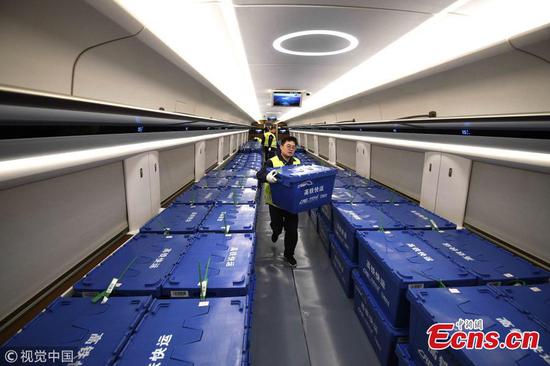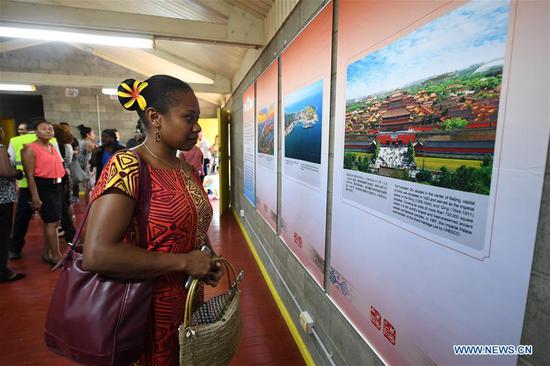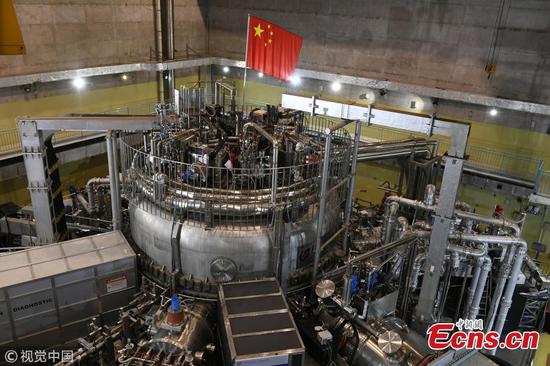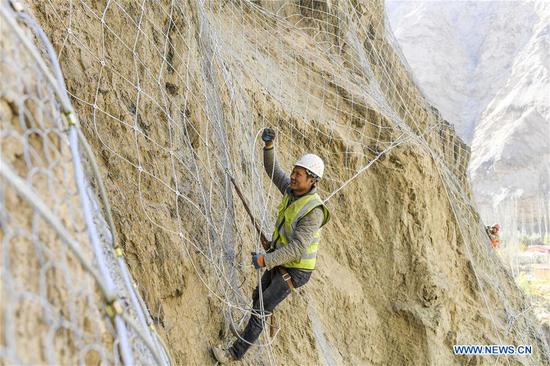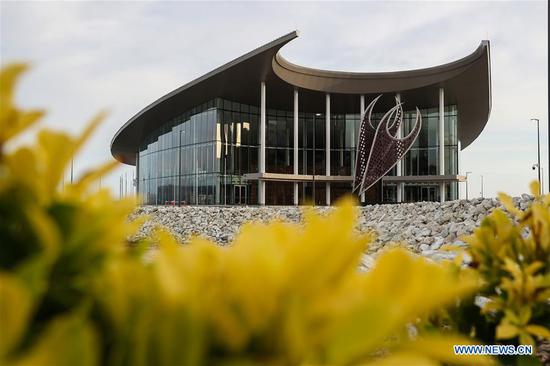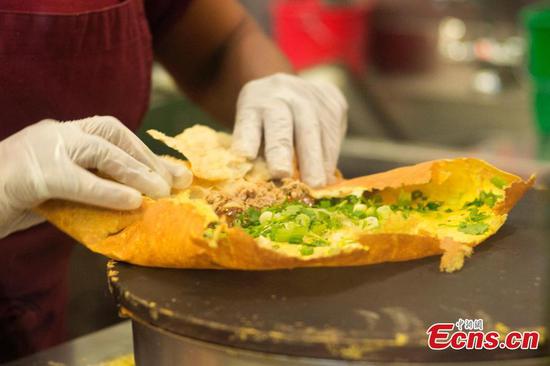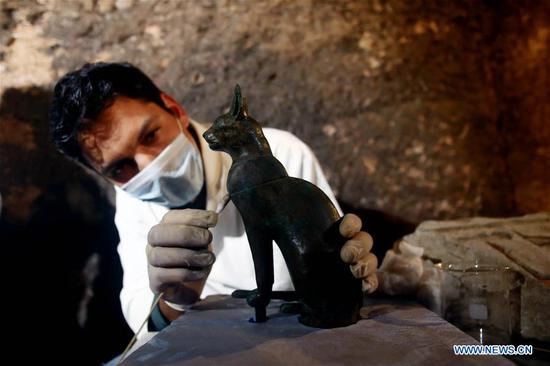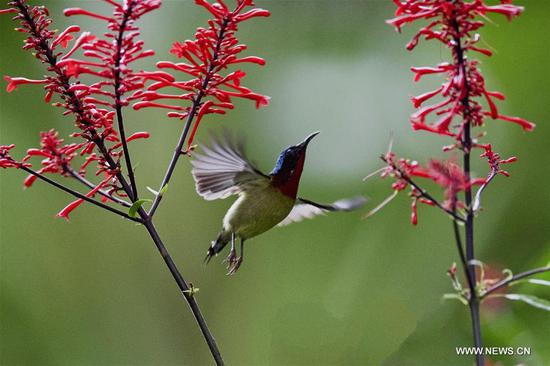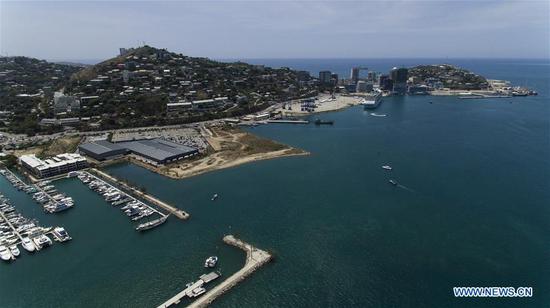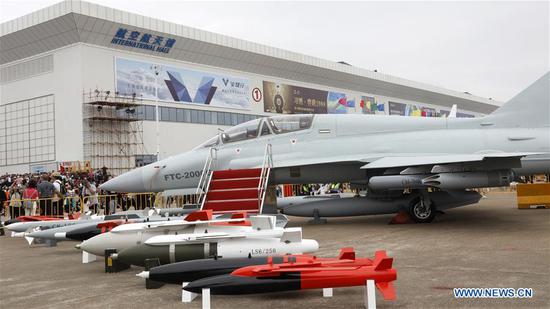
Akameku villagers take photos with CGTN reporters after performing the traditional Sulu dance. /CGTN Photo
Our third day in Papua New Guinea brought us to the city of Goroka. This provincial capital of the Eastern Highlands is nestled up in the colorful, pristine mountains of the province.
We discovered several cooperation projects with China here – an agricultural venture utilizing JUNCAO technology. We saw the cooperation demonstration area and then met the city's tribe.
We heard several stories about the tribe, who delighted us with a ceremonial welcome, beckoning us to come back. We took in the pure PNG air, and the warmth of the local people, all of whom seem to have a great work ethic.
Our flight, aboard a sleek, modern plane, came complete with a friendly and professional crew on board.
The view from the window was of clear, sunny blue skies, and a breathtaking glimpse of different islands and dense forests. What a great view!
Goroka's airport is one of 578 airports in the country. The airport was constructed by the CRIG (China Railway International Group). Other airports built by the CRIG include Hagen and Hoskins Airport. From above, the airport resembles a bird of paradise... just the first of many sights you'll be treated to on this tropical island!
In the city, we met two men who made history. Their claim to fame: applying JUNCAO technology to local agriculture, and allowing millions to benefit from the crops grown. They are Brian Waii, the first person who brought the JUNCAO and dry rice technologies to PNG. And Lin Zhanxi, who created the technology. Lin is also the chief scientist of Fujian Agricultural University.
The project has greatly changed farming in PNG over the last 20 years. Before, this part of the Eastern Highlands only grew natural mushrooms. Peoples' incomes were low, around 40 RMB a month.
Today they can make over 200 RMB per month. Because of the success of the technology, it has also been used in Fiji and some South African countries. Also worth noting, the China-PNG tax free agricultural industrial park program agreement was signed in 2017. It has significantly promoted locally grown agri-food to the world, and it will bring significant growth to PNG's economy.









